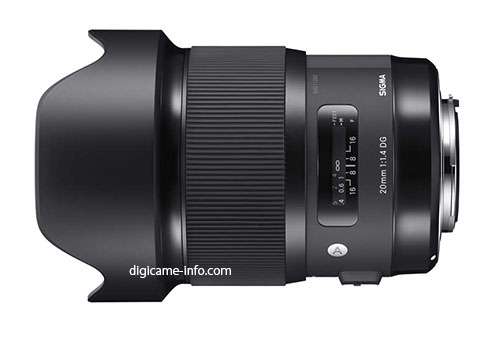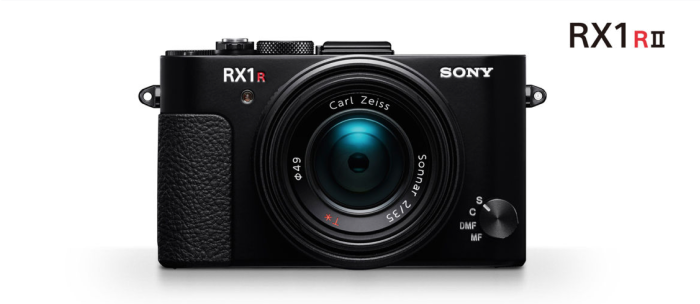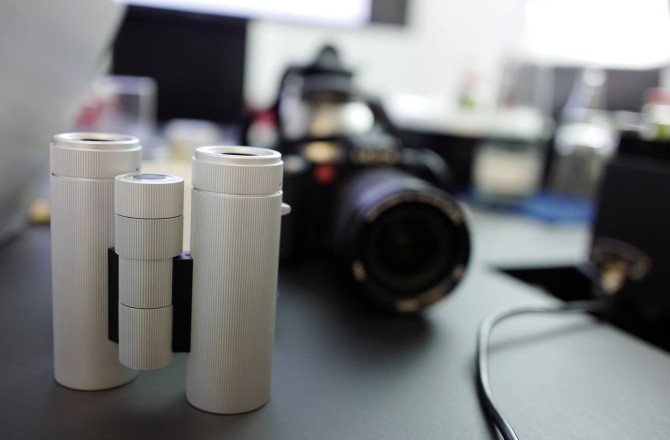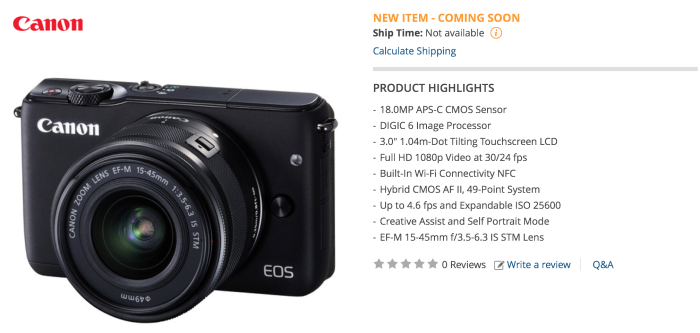First image of the new 20mm f/1.4 Sigma ART lens! Fastest wide angle FF lens yet!

Tomorrow (Friday) Sigma will launch a new amazing 20mm f/1.4 ART lens. The lens will be available in Canon, Nikon Sigma mount but I guess Sony FE camera owners will be happy to know they can use that lens with full autofocus control if they buy the Canon version and use a Metabones adapter.
I am really excited about this lens. If I am not mistaken this is the fastest wide angle Full Frame lens on market right now!
Here are the full specs:
– Lens construction: 15 sheets group 11
– Large-diameter aspherical lens
– Two FLD lens, adopted five SLD lens. Correction of magnification chromatic aberration to the limit
– AF motor HSM. Adopted a new full-time manual mechanism
– Total length: 129.8mm
– Maximum diameter: 90.7mm
– Weight: 950g
– The diaphragm blades: 9 sheets and (circular aperture)
– Maximum magnification of 1: 7.1
– Thorough the flare and ghost measures
– Design distortion is very small
– The consideration of the sagittal coma flare
– Mounts for Canon, Nikon, for sigma
– Suggested retail price of ¥ 162,000 (over-the-counter price of around ¥ 120,000 in the lowest)
via Digicameinfo.
























